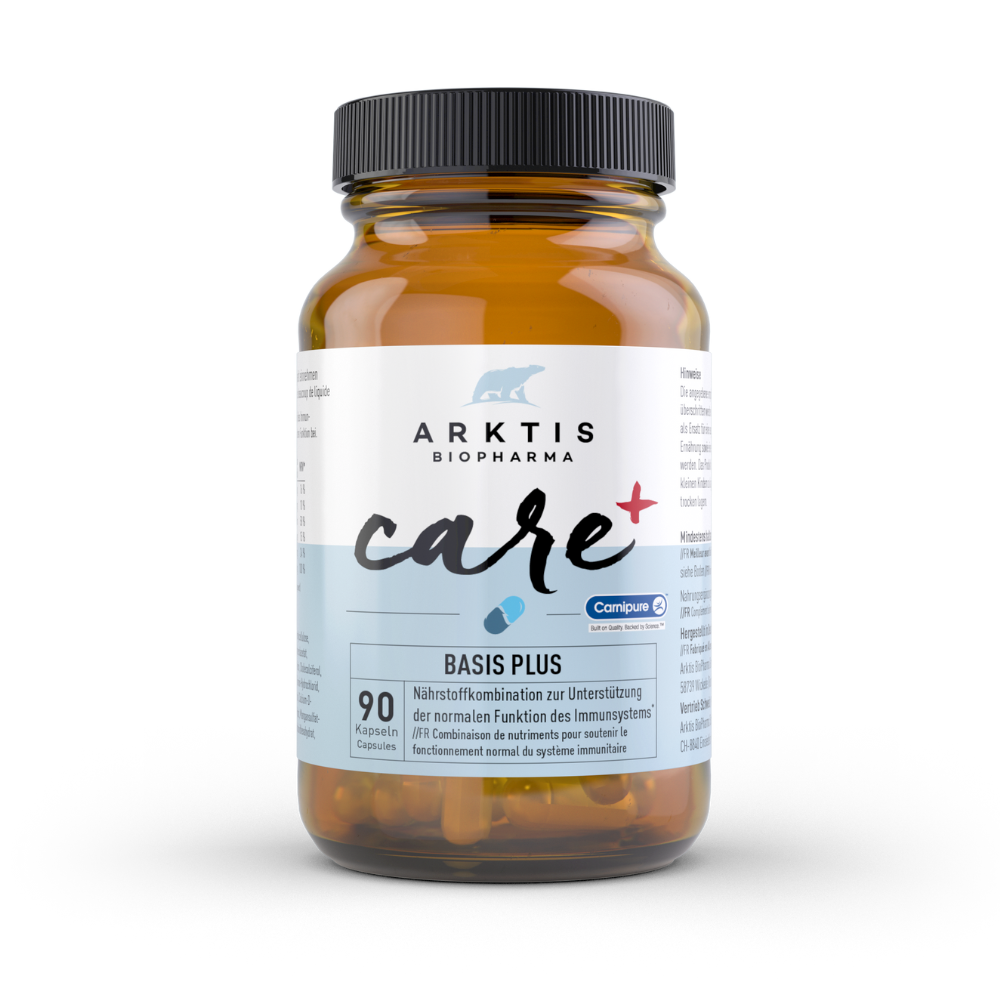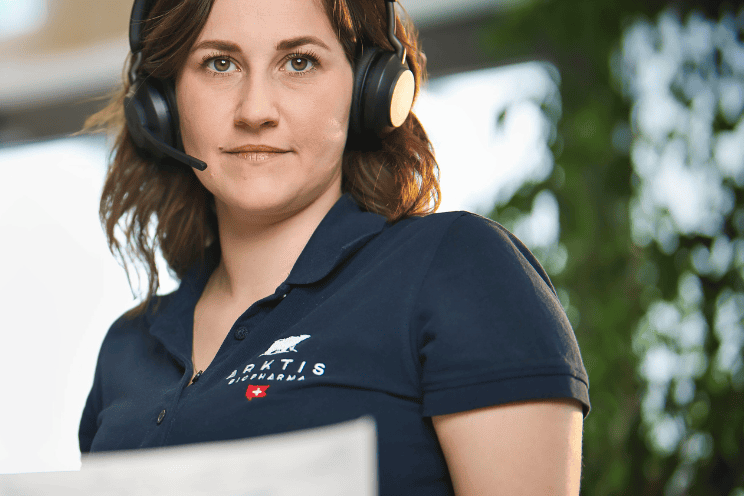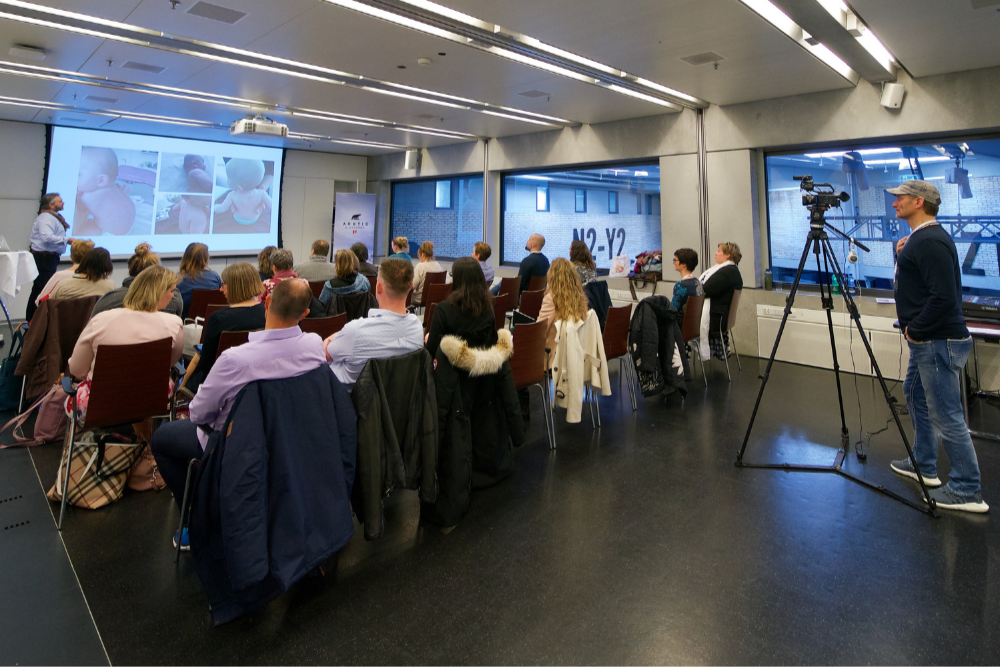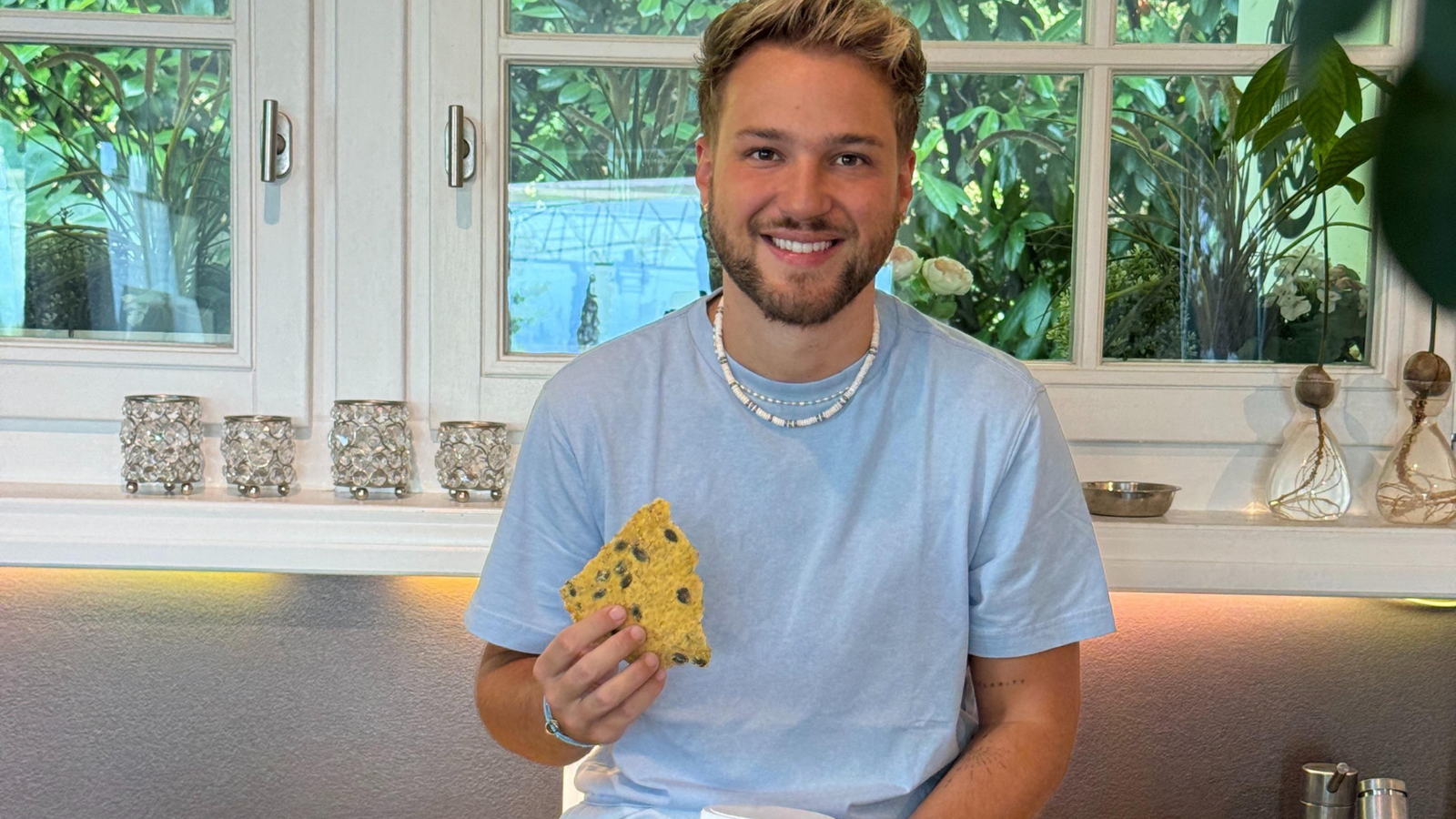I am delighted to present you with a guest post from my friend Géraldine-Aimée Graber today. Gé is an actress and she is all about clear communication, body language and presence. I met Gé a few weeks ago and we came up with the idea for this article. Because one of the biggest obstacles to healthy eating is not getting started, but sticking with it. So I asked Gé if she might have a few tips for my readers. And of course she does! Enjoy reading and, of course, putting them into practice!
How many good resolutions are made every New Year's Eve?
Resolutions such as:
* to cook really healthily in the coming year!
* to really cut down on the potato chips and chocolate!
* to get back into regular exercise
* to lose a few tweaky pounds!
And ...
In February, all these resolutions are water under the bridge.
What was that again about sticking to it?

Then, with the first warming rays of sunshine, it all flares up again:
"Now, now I'm going to eat healthily, exercise and give up those oh-so tempting potato chips! This year I'll get back to my personal bikini/swimsuit figure! "
And then what has changed by July?
Mostly we're back in the old rut!
Are we even serious?
Why the heck is that? We're really serious about
- eating healthily
- losing a few kilos
- getting fitter again through sport
This part of us doesn't lie!
No, it really doesn't, it doesn't lie!
But:
It often only appeals to our intellect. And that's the crux of the matter.
Why we keep throwing our resolutions overboard
Our intellect is located in the neocortex, a part of the brain that was only developed at the very 'end'. And our emotions are located in the limbic system. We only have conscious access in the neocortex. This is where the explanations, justifications, reflections, analyses and also the intentions as to why we do what we do when we do it come from.
Great, only compared to the cortex (attack, flight or play dead behavior) or the limbic system (which is responsible for our feelings, among other things), this reflective , thinking neocortex is as slow as a snail compared to the cheetah (limbic system).
In plain language, this means that our feelings can so easily 'run away' from our intentions. Even clearer: feeling and an action often go much faster than mind and an action.
For example: we see the chips - unconsciously our feeling has a desire of "oh, they help me now" but our mind says: "no, they make you fat and are unhealthy anyway"
Most of the time the feeling wins (simply because the transmitters run faster and unconsciously and the thoughts are much slower, but more conscious) and we already have a handful of chips crunching in our mouth.
Our best ally for actually implementing our resolutions

So how do I get my feelings on board with the good intentions?
Via the body!
1. Via the perception of how it feels and therefore how you feel - mmh ultimately it's also about it and you -
AND
2. Body language has two directions:
- on the one hand we communicate with the outside world
- and we communicate with ourselves
And how does that work?
Practical exercises to help you keep your resolutions in the long term
I would like to give you some small exercises that will draw your awareness back into your body so that you can firstly separate whether you are hungry or perhaps simply sad and secondly learn to support your resolutions physically and connect your physical energies and feelings with your will/resolutions.
Exercises on the topic: Is it physical hunger or not?
 Do you know the difference in your body between hunger and longing for food?
Do you know the difference in your body between hunger and longing for food?
Hunger has very clear symptoms.
Longing or intense desire for food is very, very often guided by feelings.
(Emotional wants talk in bodies need.)
So the question is: Is it actually hunger or is the drive to eat a feeling of stress, sadness, anger, fear, loneliness or boredom?
If feelings triggera craving attack in you AND you want to stay true to your resolution, then
- give your body energy first and do shadow boxing or imaginary jumping rope for 30 seconds
- rub your stomach for about 1 minute, feel it, connect with yourself
- and give yourself energy again for 30 seconds
- then take 3-5 deep breaths
If the desire is not quite as intense, but still there, and you are sitting in the office (and some people would be surprised if a shadow-boxing colleague was jumping around), then
- Feel your butt. Feel your sitting bones, left, right, pubic bone, coccyx
- connect with the chair and take 3-5 deep breaths. Feel how the breath flows in and expands your body and how the breath leaves the body.
This connection with the factual reality = chair and with your body allows these compulsive eating feelings to fade.
Exercises on the topic: Body language as a conscious means of communicating with ourselves
We can use posture and breathing to influence ourselves and support ourselves enormously.
It is undisputed that a high energy level makes us more active and also greatly supports our stamina.
Breathing exercises of all kinds are worth their weight in gold. Repeating the following two exercises 5 times each lifts your mood enormously!
- Starting position: simply stand up straight, arms hanging down. As you inhale, bring your arms together over your head at the top, as you exhale bring your arms back to the starting position with slight resistance.
- Sniff lightly and jerkily until no more air can fit in, then exhale on a pffffff
Energetic physical exercises: Shadow boxing or imaginary Jump rope (i.e. jump without a rope, as if). These small exercises for 1 minute each are an energy booster.
Let's move on to the subject of posture. There is a sensational study by Amy Cuddy and Dana Carney from Berkely University in the U.S.A. These two women investigated how much influence posture has on us. To make it measurable, they examined the changes in the hormone balance of their test subjects.
One group adopted the classic loser post ure: sad, dejected with lowered head, slumped shoulders, slumped upper body, tight leg position, low energy, limp body tension.
The other group adopted the winning posture: self-confident, powerfully superior with an energetic body, tight, supple, tense muscles (like when you are really looking forward to something), straight head posture, straight body posture.
The result amazed everyone, because the hormone balance changed drastically:
- The stress hormone cortisol, which can trigger feelings of panic in us, rose by 15% in the losers and fell by 20% in the winners
- And testosterone, the hormone that strengthens us and gives us a feeling of superiority, fell by 10% in the losers and rose by 20% in the winners
The result was the same for both men and women. And when do you think the change in hormone levels occurred?
AFTER TWO- 2! - MINUTES!
This is why a naturally straight posture strengthens and supports us enormously. And in this context, ask yourself: How often do you walk bent over every day because you're looking at your mobile device? How many minutes a day?
Bonus exercise: Emotion-led action
Finally, I would like to share an exercise that combines physicality and emotion.
Imagine the goal you want to achieve with your resolution. How you will feel when you have achieved it. How happy, satisfied and proud you are of yourself! Feel it; and then make a gesture about it. Short and to the point. Feel how this gesture expresses your joy.
And make this gesture as many times a day as you want, but at least 5 times. You will see how it carries you and leads you past temptations.
Thank you for following me to the end and I hope that I have made it easier for you to keep your wonderful resolutions until you reach your goal, perhaps so much so that you really enjoy reaching your goal.
 About Géraldine-Aimée Graber
About Géraldine-Aimée Graber
Géraldine works with people who want to communicate with self-love, respect and self-will, using their senses.
She wants to share her knowledge and wisdom with all those who want to live a loving and responsible communication with themselves and others. The aim is to become aware of one's own thoughts and express them in words and body.
And now we are We look forward to reading from you! Write in the comments: What experience have you had with body language or posture? What resolution would you like to implement with the help of your body?
















